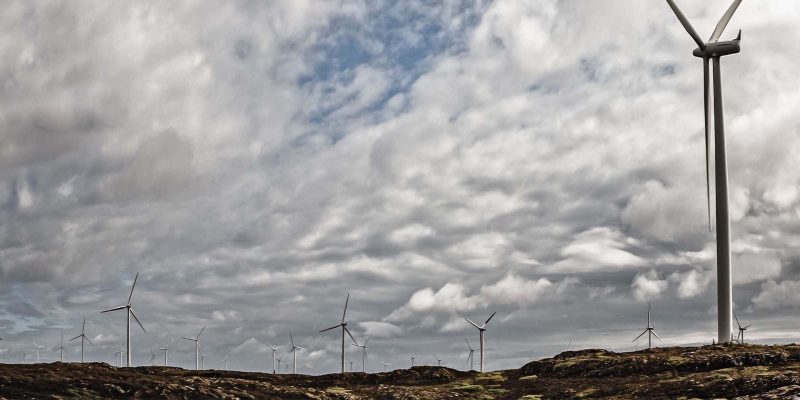by Samantha Steele, Russell Investments
Private markets can help to future-proof your portfolio through responsible investing. Samantha Steele, director, private markets, dives into the main trends and challenges that investors should consider.
Responsible investing is no longer a nice to have
Responsible investing is now globally recognized across both private and public markets. Increased awareness around environmental, social and governance (ESG) factors is a driving force—not just in creating sustainable outcomes for stakeholders, but in accounting for risk.
A recent survey by Bank of America showed 90% of millennials are ensuring their investments make a difference as their first investment criteria. Conversely, just under half of baby boomers are prioritizing their investments the same way, reinforcing the idea that the demand for responsible investment is increasing. Of course, investors’ motivations will vary. But the rising investment into data and metrics for transparency will increasingly position capital markets to account for ESG risks in pricing the cost of capital.
Furthermore, as government bodies around the world tighten regulations and guidance on responsible investing and sustainability, the rise in assets under management will likely continue. Despite the challenges asset owners face when incorporating ESG factors into investment decision-making, the spotlight on responsible investing also presents an array of opportunities in the private sector.
Why private markets align well with a responsible investment strategy
Public finances, although central and fundamental to investment in sustainable development, cannot meet the demands for financing. There is a growing consensus around the importance of private investment to scale up sustainable development (i.e., build new sustainable green buildings or transform existing buildings to net zero). Over the last couple of years, we have seen the private sector seize the opportunity to plug the gap for sustainable real assets. Examples include growth areas such as renewable infrastructure.
While private markets offer compelling opportunities in terms of risk and return, they also enable strong influence over the stewardship of capital from a project standpoint. This makes private markets a robust channel for targeting and engaging in environmental, social and governance causes.
Emerging trends in sustainable investing
Since 2015, climate change has become one of the main sustainability issues being addressed by investment portfolios. Three themes that we believe are crucial for climate change mitigation include:
- Energy revolution: While renewable energy only accounts for 26% of total generation today, the cost of solar energy and wind over the past 10-plus years has gone down 89% and 70%, respectively.1 The expectation is that renewable energy will make up 50-65% of power generation by 2050.2
- Incremental electrification: Efficiency comes not just from how energy is supplied, but also from how it is used. Various factors including 5G, electrification of infrastructure and transport are expected to dramatically drive demand for electricity.
- Decarbonization of industry: The substitution of fuel sources is needed to support and manage sustainable growth as well as climate transition risk. Decarbonization will require alternative energy sources based on green electricity and green molecules, such as biofuels and hydrogen.
The global challenges facing sustainable investing
- Benchmarking: The opaque nature of sustainable investing and the difficulty of comparing these assets are common problems. However, we do see improvements being made through new standards including GRESB—a global ESG benchmark for real assets. For impact strategies, organizations such as the Global Impact Investing Network (GIIN) help to provide investors with guidance on suitable impact metrics.
- Greenwashing: Managers with a lack of genuine commitment to a cause often inaccurately market standard private market funds as impact—damaging the credibility of the space.
- Increased capital flows: Demand for assets, especially those tied directly to UN sustainable development goals (SDGs), is elevating prices. There are select parts of the market where we are seeing prices which do not make sense. It’s a reminder of the importance of fully assessing the investment merits of these assets.
- Emerging managers: The growth of responsible investing is increasing the number of new products. For less experienced investors, committing to first-time managers, who often have limited contiguous track records as an operating team, can be daunting to underwrite.
The bottom line
The range of opportunities and risks inherent in sustainable investing highlight the importance of partnering with talented investment professionals. Those with access to elite operating partner networks will be better positioned to identify an evolving set of risks.
As strategies broaden across real assets, we believe that the incorporation of ESG into the cost of capital estimates will be critical to both sustainable and responsible growth of real assets.
1 Source: Global Trends in Renewable Energy Investment 2019, Frankfurt School, September 2019.
2 Source: Bloomberg New Energy Finance.a
Copyright © Russell Investments












